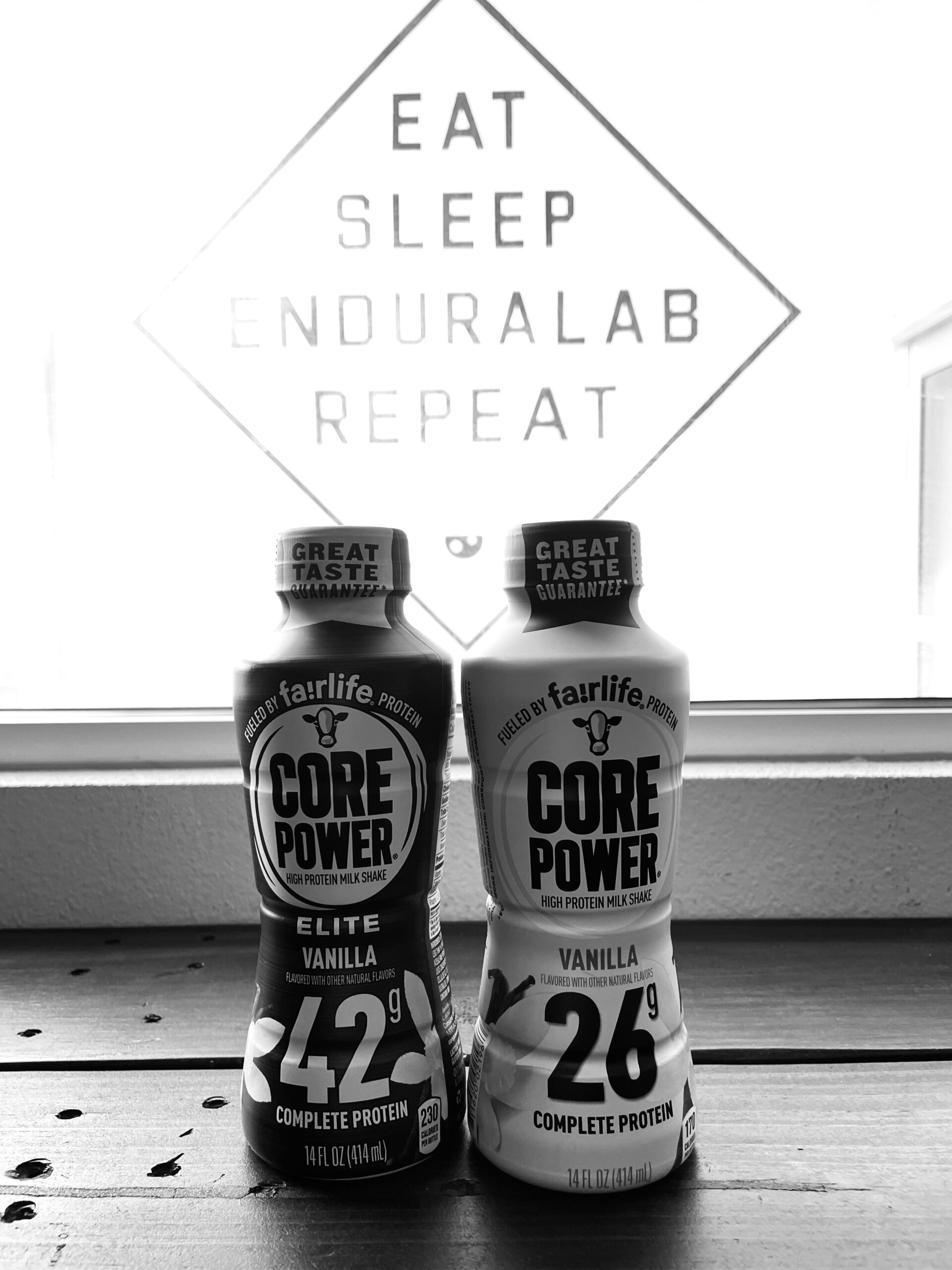Protein timing has been a major topic of discussion in the health and fitness world, and for good reason. If you’re committed to building muscle, recovering from workouts, or just staying in shape, you’ve probably asked yourself: “When should I take protein for the best results?”
We’re going to dive into the science of protein timing, and explore how this affects men and women differently. We’ll reference experts like Dr. Peter Attia, a well-known longevity and fitness specialist, and Dr. Stacey Sims, a leading researcher in female physiology, to help break it all down.
Why Protein Timing Matters
Before we dive into specifics, let’s get one thing straight: total protein intake over the course of the day is the most important factor when it comes to muscle gain, fat loss, and recovery. But if you’re looking to optimize your results, paying attention to when you take protein is the next level of fine-tuning your nutrition.
Protein helps repair and build muscle tissues that are broken down during exercise. The idea behind protein timing is that consuming protein at the right time could give your body what it needs to recover faster and build muscle more efficiently. Timing your intake also helps in maintaining lean muscle mass while losing fat, which is a key goal for many fitness enthusiasts.
The Anabolic Window: Fact or Fiction?
For years, people have talked about the “anabolic window” — a period of about 30 minutes after a workout when your body is supposedly primed to absorb protein and rebuild muscle. But is it really as crucial as it sounds?
Dr. Peter Attia emphasizes that while this window exists, it’s not as short or as rigid as once believed. You don’t have to slam down a protein shake the second you drop your weights. Instead, research shows that a protein-rich meal within 2 hours post-workout will still provide significant muscle recovery benefits.
The key takeaway: Yes, post-workout protein is important, but don’t stress about gulping it down right away. You’ve got time. The focus should be on consistent protein intake over the course of the day.
Men vs. Women: Does Protein Timing Differ?
Here’s where things get interesting. While the basic principles of protein timing apply to everyone, there are some nuances between men and women when it comes to maximizing results.
Dr. Stacey Sims, a leading expert in female physiology, explains that women’s bodies respond differently to both exercise and nutrition compared to men. Specifically, women are more prone to muscle breakdown during high-intensity workouts due to hormonal fluctuations, especially during the luteal phase of the menstrual cycle (the second half of the cycle, leading up to menstruation). Therefore, protein timing can be even more crucial for women to mitigate muscle loss and promote recovery.
Protein Timing for Men
Goal: Muscle Gain and Recovery
For men looking to build muscle or recover from strength training, studies suggest that spreading protein intake evenly throughout the day may yield better results than consuming most of it in a single meal.
Optimal Strategy for Men:
- Before the workout: Consuming a protein-rich meal 1–2 hours before training can help provide a steady supply of amino acids during the workout.
- Post-workout: Aim to consume about 20-30 grams of protein within 1–2 hours after your workout. This could be a shake or a balanced meal with lean protein sources like chicken, fish, or plant-based options like tofu and legumes.
- Before bed: A casein protein snack (think Greek yogurt or cottage cheese) before bed can promote muscle recovery overnight, as it is a slow-digesting protein.
Tip: Men tend to need more protein overall due to greater muscle mass, so target around 1.6–2.2 grams of protein per kilogram of body weight per day to optimize muscle growth and recovery.
Protein Timing for Women
Goal: Lean Muscle Preservation and Recovery
Women’s bodies are more likely to utilize protein effectively when intake is balanced around workout times. In addition to the general protein recommendations, women need to be mindful of hormonal fluctuations.
Dr. Stacey Sims recommends focusing on increased protein intake around key phases of the menstrual cycle. The luteal phase (days 15–28) can bring about increased muscle breakdown due to higher progesterone levels, so women may benefit from more protein during this time to mitigate muscle loss and enhance recovery.
Optimal Strategy for Women:
- Before the workout: Similar to men, eating protein 1–2 hours before a workout will help fuel your training and prevent muscle breakdown. Aim for around 15-25 grams of protein.
- Post-workout: Women should also aim to consume 20-25 grams of protein after strength or endurance training, especially within 60-90 minutes post-exercise.
- Luteal phase: Dr. Sims suggests bumping up protein intake by about 15-20% during this time to support muscle maintenance and recovery.
Tip: Women can benefit from a slightly lower overall protein target than men due to differences in muscle mass, aiming for about 1.4–1.8 grams per kilogram of body weight per day depending on training volume and goals.
The Role of Leucine in Protein Timing
Whether you’re male or female, there’s one thing your body loves: leucine. Leucine is an essential amino acid that plays a key role in muscle protein synthesis. It essentially flips the switch on muscle repair and growth.
When timing your protein intake, especially after workouts, make sure your protein source is rich in leucine. Animal-based proteins (like whey or chicken) contain high levels of leucine, while plant-based proteins can be paired together (like rice and pea protein) to provide similar benefits.
What About Fasting and Protein Timing?
Intermittent fasting (IF) has become popular in recent years, but does it affect protein timing? Dr. Peter Attia has discussed this topic in detail, emphasizing that while intermittent fasting can have health benefits, it’s crucial to ensure you’re getting adequate protein during your eating window, especially if muscle preservation is a priority.
During IF, you may not have the flexibility to eat protein at traditional times (like right after a workout), but focus on hitting your daily protein goals within your eating window. Dr. Attia suggests prioritizing protein intake during your first meal after a fast to maximize the anabolic response.
Practical Takeaways
- Consistency is key: Spread your protein intake throughout the day for optimal results.
- Post-workout protein matters: Aim to get 20-30 grams of protein within 1–2 hours after your workout to support muscle recovery.
- Gender-specific considerations: Women may need more protein during certain phases of their menstrual cycle, while men can benefit from more protein overall to support muscle growth.
- Don’t overthink the “anabolic window”: While it’s good to refuel after a workout, you don’t need to rush it. Focus on your overall daily intake and getting a steady stream of protein.
Final Thoughts
Protein timing is a valuable tool in your nutrition arsenal, but remember: hitting your daily protein goal is more important than obsessing over exact timing. By following the general guidelines outlined above—and tweaking them based on your body’s unique needs—you can fuel your workouts, optimize recovery, and stay on track toward your fitness goals.
Sources:
- Dr. Peter Attia, The Drive podcast and blog
Dr. Stacey Sims, Roar: How to Match Your Food and Fitness to Your Unique Female Physiology



